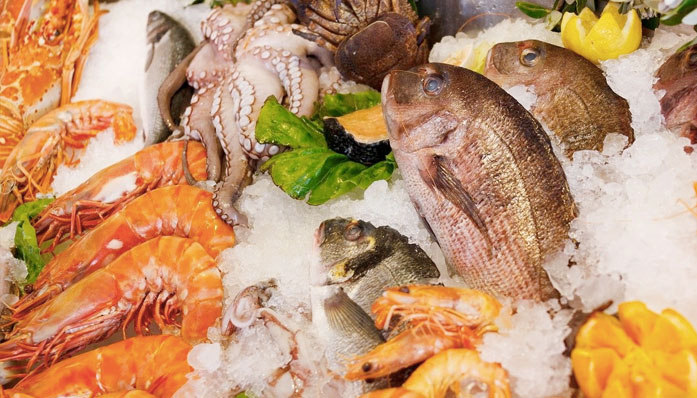
Image Source: Google
Sustainability has become a top priority in the seafood industry as consumers are increasingly conscious of the environmental and social impact of their food choices. Seafood suppliers play a crucial role in meeting this demand by sourcing their products sustainably and responsibly.
You can also click on this link to find the best seafood suppliers. To help seafood suppliers stay ahead of the curve, we have compiled a guide to the top trends in sustainable seafood sourcing.
1. Traceability and Transparency
One of the key trends in sustainable seafood sourcing is the emphasis on traceability and transparency throughout the supply chain. Consumers want to know where their seafood comes from and how it was caught or farmed. Seafood suppliers can meet this demand by:
- Implementing robust tracking systems to trace the journey of seafood from ocean to plate
- Providing detailed information on fishing or farming methods used
- Partnering with certified organizations that ensure transparency and accountability
Benefits of Traceability and Transparency
- Builds trust with consumers
- Helps prevent illegal, unreported, and unregulated (IUU) fishing
- Allows for quick response to any issues or recalls
2. Certification and Standards
Another important trend in sustainable seafood sourcing is the adoption of certifications and standards that verify the sustainability and ethical practices of seafood suppliers. Some of the most recognized certifications include:
- Marine Stewardship Council (MSC)
- Aquaculture Stewardship Council (ASC)
- Best Aquaculture Practices (BAP)
Why Certification Matters
- Provides credibility and assurance to consumers
- Ensures compliance with environmental and social standards
- Opens up access to new markets and opportunities
3. Innovation in Aquaculture
As wild fish stocks continue to decline, aquaculture – the farming of fish and seafood – has become a critical component of sustainable seafood sourcing. Suppliers are turning to innovative methods to improve the efficiency and reduce the environmental impact of aquaculture, including:
- Integrated multi-trophic aquaculture (IMTA) systems
- Recirculating aquaculture systems (RAS)
- Alternative feeds and diets for farmed fish
Advantages of Aquaculture Innovation
- Reduces pressure on wild fish populations
- Minimizes pollution and waste in aquaculture facilities
- Improves efficiency and sustainability of seafood production
4. Consumer Education and Awareness
Educating consumers about the importance of sustainable seafood sourcing is a trend that is gaining momentum in the industry. Seafood suppliers can play a vital role in promoting awareness by:
- Providing information on sustainable seafood choices and practices
- Labeling products with sustainability certifications and logos
- Engaging with consumers through social media and marketing campaigns
Benefits of Consumer Education
- Empowers consumers to make informed choices
- Creates demand for sustainable seafood products
- Builds brand loyalty and trust with environmentally conscious consumers
5. Collaboration and Partnerships
Collaboration among seafood suppliers, government agencies, NGOs, and other stakeholders is essential for driving positive change in sustainable seafood sourcing. By working together, industry players can:
- Share best practices and knowledge
- Develop new initiatives and projects for sustainability
- Address common challenges and promote industry-wide standards
Importance of Collaboration
- Fosters innovation and creativity in sustainable practices
- Strengthens advocacy for policy changes and regulations
- Creates a unified front for promoting sustainability in the seafood industry